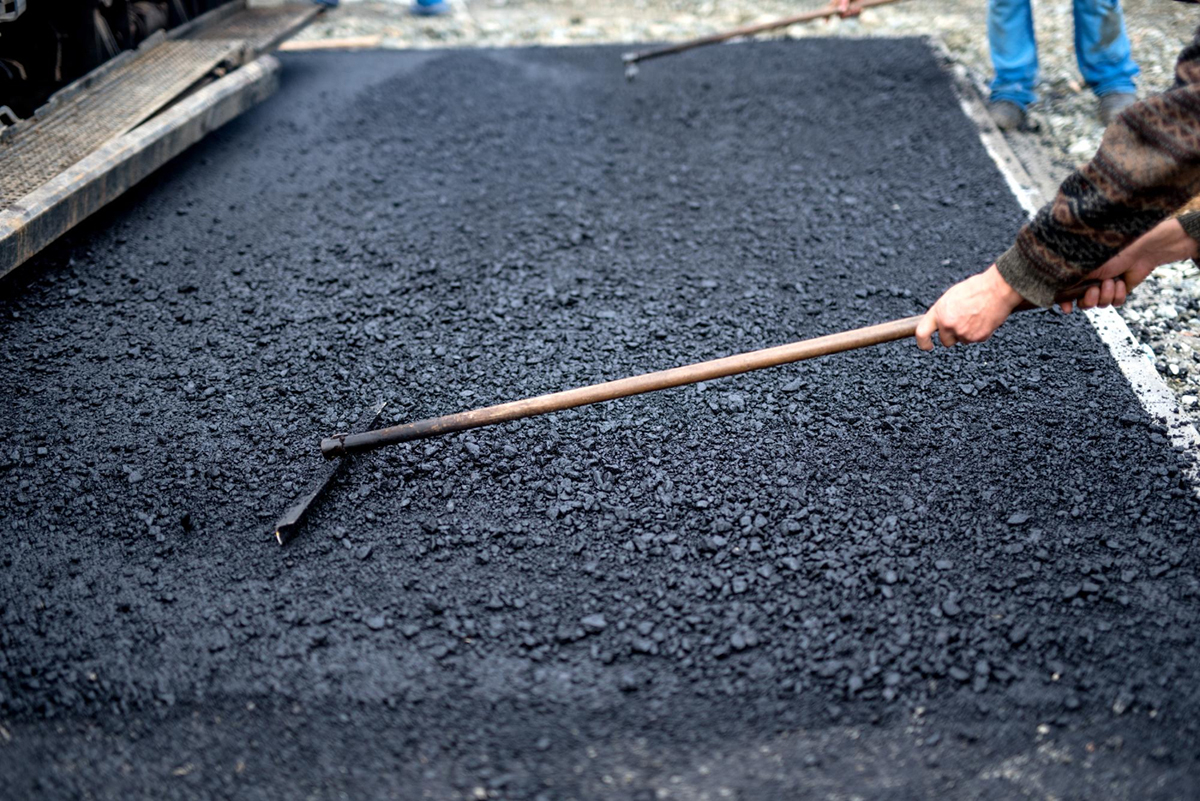Understanding the Benefits and Limitations of Sealcoating

If you’ve ever owned a property with an asphalt pavement, you know just how essential it is to maintain that surface. One of the most effective ways to protect your driveway or parking lot is by sealcoating it. Not only does sealcoating enhance the appearance and curb appeal of your property, but it also prolongs the life of your asphalt pavement. Its protective properties act as a barrier against harsh weather conditions, UV rays, and automotive fluids. However, like any other pavement maintenance solution, sealcoating has its limitations. In this blog, we’ll discuss the benefits and limitations of sealcoating to help you make an informed decision for your home or business property.
Benefits of Sealcoating
Sealcoating is an effective way to protect your asphalt pavement from the elements, and there are several benefits to doing so:
- Improved Appearance
A freshly sealcoated surface adds a beautiful, jet-black hue that enhances the overall appearance of your pavement.
- Protection
By providing a protective layer against the sun's UV rays, asphalt will not dry out as quickly or crack as easily. This coating also resists oil and gasoline spills, which can damage your asphalt, causing it to deteriorate more quickly.
- Cost-Effective
Regular sealcoating can prolong the life of your pavement, saving you money in the long run by reducing the amount of money you must spend on costly repairs.
- Increased Slip-Resistance
After sealcoating, your asphalt surface will be less slippery and safer for driving or walking.
Limitations of Sealcoating:
While sealcoating is an excellent way to protect your asphalt pavement, it also has its limitations. It is important to be aware of these limitations before deciding to sealcoat your pavement.
- Age
Sealcoating is most effective when it is done to new pavements or roads that are less than a year old. Older pavements with cracks and fissures will not benefit from sealcoating.
- Maintenance Process
To maintain a sealcoated pavement, it is essential to keep it clean and free from debris. Reapplying a new coat of sealant every three to five years is recommended.
- Temperature
Sealcoating is not recommended during times of extreme heat or cold, as the material will not cure correctly.
Should you consider sealcoating for your pavement?
Taking all factors into consideration, sealing your asphalt pavement is an excellent decision that will prolong its life, improve its appearance, and protect it from harsh environmental conditions. However, there are many situations where sealcoating may not be appropriate, and it is essential to consider those limitations when evaluating whether or not to invest in this maintenance solution.
Conclusion
In conclusion, sealcoating is an excellent way to enhance the appearance and protect your asphalt pavement from the elements. However, it should only be applied to new pavement surfaces. Sealcoating has its limitations, including age, temperature, and maintenance processes. At C. Brooks Paving in Bandera TX, our team of experts can help you determine whether or not sealcoating is the best option for your property. Contact us today for a free estimate.